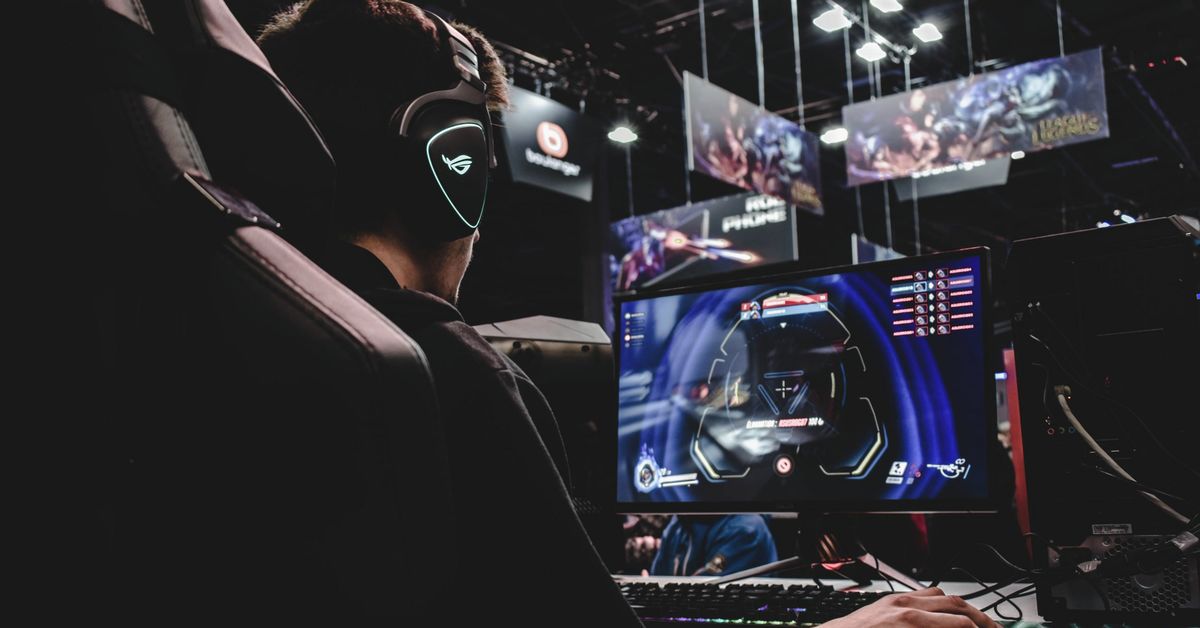High performance computing (HPC) has traditionally been associated with scientific research, complex simulations, and data-intensive tasks in fields such as meteorology, physics, and bioinformatics. However, the technological advancements in HPC have had a profound impact on the gaming industry, influencing the development of gaming hardware and the overall gaming experience.
The Evolution of HPC
HPC refers to the practice of aggregating computing power in a way that delivers much greater performance than one could get out of a typical desktop computer or workstation. This is achieved through supercomputers, clusters of computers working together, or grids of distributed computing resources.
In the early days, HPC was exclusively the domain of large research institutions and government agencies due to the cost and complexity of the hardware involved. These systems were used for tasks like simulating nuclear explosions, predicting weather patterns, or modeling complex biological processes. As of 2024, Harvard’s new Kempner institute currently hosts one of the largest computing clusters in the world.
As technology advanced, the principles of HPC started to trickle down into more consumer-oriented applications. The demand for more computational power in the fields of video editing, 3D rendering, and gaming began to rise, leading to the development of more powerful and accessible hardware.
The Convergence with Gaming Hardware
Gaming has always pushed the boundaries of what is possible with consumer hardware. Video games, with their need for real-time graphics rendering, physics calculations, and AI, require significant computational power. As a result, gaming hardware has evolved to include components that are remarkably similar to those found in HPC systems.
GPUs: The Heart of Gaming and HPC
One of the most significant overlaps between HPC and gaming hardware is the use of Graphics Processing Units (GPUs). Initially designed to accelerate the rendering of 3D graphics, GPUs have become incredibly powerful and efficient at parallel processing, making them ideal for both gaming and HPC tasks.
In gaming, GPUs are responsible for rendering complex scenes at high frame rates, providing the visual fidelity and smooth gameplay that gamers demand. In HPC, GPUs are used to accelerate a wide range of computationally intensive tasks, from machine learning to scientific simulations, thanks to their ability to handle thousands of simultaneous threads. Major brands currently are Nvidia and Radeon.
CPUs and Beyond
While GPUs have taken a central role in both gaming and HPC, Central Processing Units (CPUs) remain crucial. In gaming, CPUs handle the game logic, physics calculations, and input/output operations. In HPC, CPUs are often used in conjunction with GPUs, handling tasks that require sequential processing and coordinating the overall operation of the system.
The rise of multi-core CPUs has further blurred the lines between HPC and gaming hardware. Both fields benefit from having multiple processing cores that can work on different tasks simultaneously, improving performance and efficiency.
Memory and Storage
High-speed memory and storage are critical for both HPC and gaming. In HPC, large datasets need to be quickly accessible for processing. TensorScience highlights that this requires fast and high-capacity memory and storage solutions. Similarly, modern games, with their detailed textures and complex worlds, require substantial amounts of RAM and fast storage to load and run smoothly.
Networking
Networking is another area where HPC and gaming hardware intersect. In HPC, high-speed networks are essential for connecting the nodes in a cluster and allowing them to communicate efficiently. In gaming, especially in multiplayer online games, low-latency networking is crucial for a responsive and enjoyable gaming experience.
The Impact on the Gaming Industry
The cross-pollination between HPC and gaming hardware has had several impacts on the gaming industry:
– Graphical Fidelity: The use of HPC components in gaming hardware has enabled a level of graphical fidelity that was once thought impossible. According to Paul Norvig, current gaming hardware as of now is at such a level that it can feature photorealistic environments that are hard to distinguish from real ones, as well as advanced characters driven by artificial intelligence.
– Game Complexity: With more computational power, game developers can create more complex and immersive worlds, with advanced AI, realistic physics, and dynamic environments.
– Virtual Reality (VR) and Augmented Reality (AR): The demands of VR and AR for high frame rates and low latency have benefited greatly from HPC technologies, making these once-niche experiences more accessible and enjoyable.
– Democratization of Game Development: The availability of powerful, HPC-inspired hardware has lowered the barrier to entry for game development, allowing indie developers to create high-quality games that were previously the domain of large studios.
Conclusion
The relationship between high performance computing and gaming hardware is a testament to the symbiotic nature of technological advancement. As HPC technologies become more accessible, they fuel innovation in the gaming industry, leading to better hardware and more immersive gaming experiences. Conversely, the demands of gaming continue to push the boundaries of what consumer hardware can achieve, often leading to innovations that benefit HPC in return.
The future of both HPC and gaming looks bright, with continued advancements in processing power, memory, storage, and networking promising to unlock new possibilities. Whether it’s for scientific discovery or entertainment, the convergence of these two fields will continue to drive progress and inspire awe in the capabilities of modern computing.

Wanda Parisien is a computing expert who navigates the vast landscape of hardware and software. With a focus on computer technology, software development, and industry trends, Wanda delivers informative content, tutorials, and analyses to keep readers updated on the latest in the world of computing.


